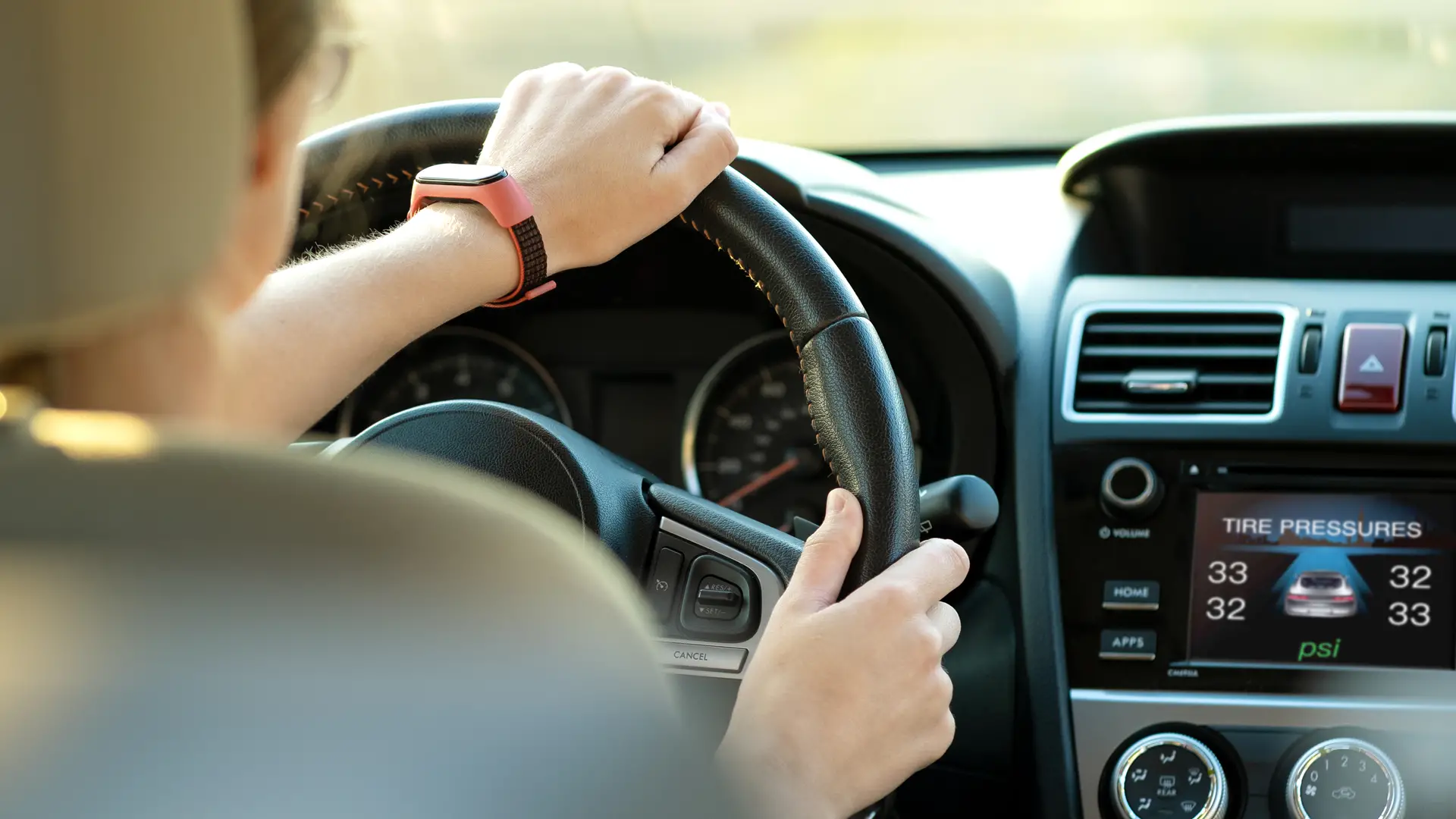Understanding how your tire pressure monitoring system (TPMS) works is worthwhile, even if it’s just a high-level overview. The seemingly simple concept of monitoring tire pressure is quite complex, but we’ve broken down the details in an article explaining how TPMS works.
Vehicle manufacturers do a good job of simplifying the parts of the system you interact with, but tire professionals have to deal with the more complicated aspects.
How Does TPMS Know Which Tire Is Which?
TPMS can tell which tire is which because each TPMS sensor sends a unique ID number to the TPMS computer along with the current air pressure.
The unique ID and current tire position must be registered with the TPMS computer when TPMS sensors are installed, or tires rotated.
A tire pressure monitoring system significantly complicates the tire rotation and replacement processes and can be surprisingly confusing. Especially when you realize there is more than one type of system and each vehicle manufacturer can have many different methods for how to program, manage, and update their systems.
Let’s take a closer look.
Direct Vs Indirect TPMS
We need to briefly explain the differences between the two tire pressure monitoring systems types – Direct and Indirect.
These systems are very different in how they operate, and understanding their differences is important to understanding how tire pressure monitoring systems work.
Direct TPMS
Direct TPMS is the most popular of the two types of systems. It uses individual battery-powered TPMS sensors in each tire to wirelessly communicate the tire pressure to the TPMS computer.
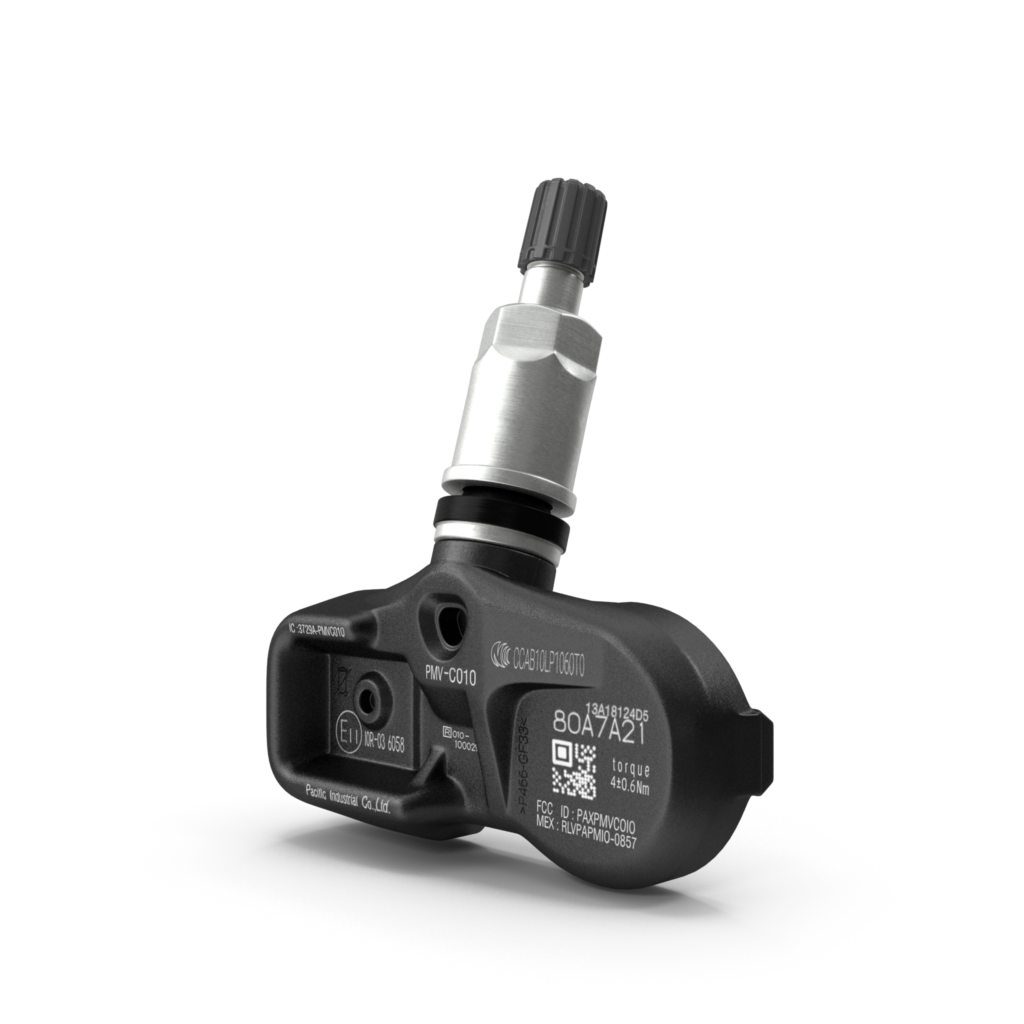
This system allows you to read the current tire pressures from the convenience of your driver’s seat, but it requires more maintenance and is more expensive.
Some advanced Direct TPMS systems can automatically determine sensor location. However, most TPMS sensors need to be relearned to the TPMS computer. This usually requires a TPMS relearn tool but can sometimes be done without for specific makes and models of cars and trucks.
Indirect TPMS
Indirect TPMS is less common but still popular on some cars and trucks. Instead of using sensors inside each tire, it uses the existing wheel speed sensors of the anti-lock brake system (ABS) to estimate when tire pressure drops.
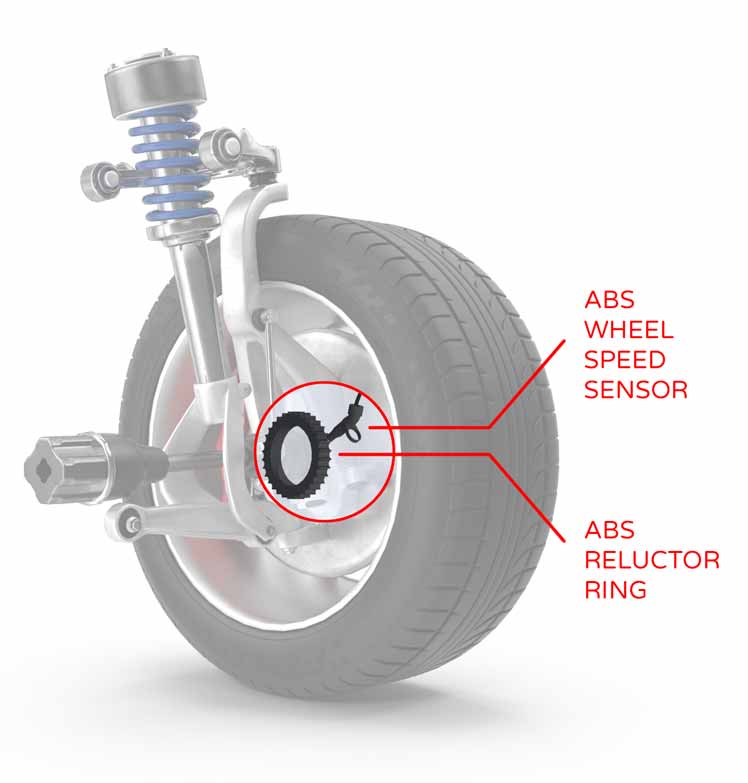
This system is a bit less accurate. However, it can display a low-pressure light when a tire needs your immediate attention. It is a much simpler system which means it’s less expensive and requires minimal maintenance.
Indirect TPMS systems can’t read actual tire pressures and don’t track individual tires, so they don’t need to know which tire is at what position around your vehicle. When a low tire pressure situation is detected in any tire, it triggers the low-pressure light on your vehicle’s dashboard.
TPMS Reset Vs Relearn
Another important fact to understand about your tire pressure monitoring system is what the TPMS reset button does versus the TPMS relearn process. Let’s take a closer look.
TPMS Reset
TPMS Reset is usually performed via a physical on the dashboard or software button within the instrument cluster menu or infotainment system.
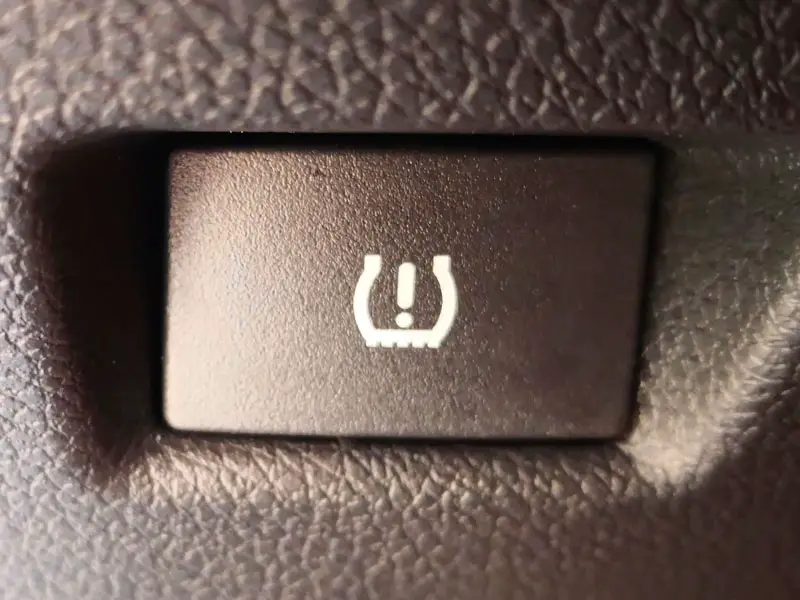
The button usually clears error codes but can perform other tasks in some cars and trucks by holding it longer and releasing it after the tire pressure warning light on your dashboard blinks several times.
For cars and trucks with Indirect TPMS, it can also set the baseline to compare the wheel speed against to determine if there is an air pressure drop in any of the tires.
You’ll need to refer to your owner’s manual for the location and functions of your TPMS reset button.
TPMS Relearn
TPMS relearn is specific to vehicles with Direct TPMS. Relearning TPMS sensors is registering each sensor’s location with the tire pressure monitoring system computer. Any time you move a tire pressure sensor from one position around your car or truck to another position, the TPMS computer must relearn the new sensor location.
Also, if sensors are replaced, they will need to be relearned as part of the installation process.
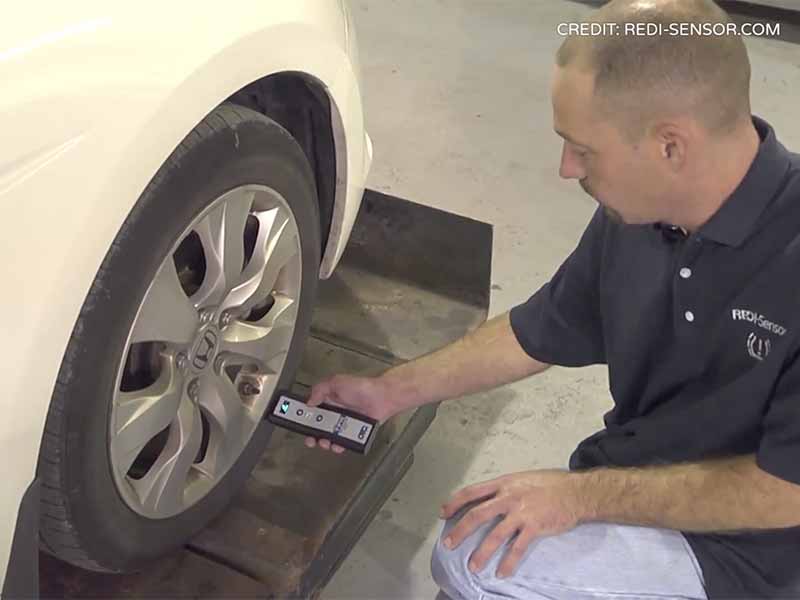
Do You Need To Reset TPMS After Tire Rotation?
If you’re having your tires rotated by your local tire shop, they will ensure that your tire pressure monitoring system has been synced up with the individual tire sensors. You shouldn’t need to press the reset button, and you shouldn’t have a tire pressure warning light on your vehicle’s dashboard. If you do, return to the shop and have them fix the problem.
If you’re attempting to rotate your tires yourself, you’ll need to be properly prepared. As simple as tire rotation is, the added complexity of a Direct TPMS system can make it not worth the trouble to do it yourself.
Vehicles equipped with Direct TPMS will usually need to relearn the TPMS sensor locations to the TPMS computer after being rotated. This is most frequently done using a TPMS relearn tool, but that is only sometimes the case.
There are far too many different relearn procedures to cover in an article. The best solution is to refer to your owner’s manual or to perform a Google search for “TPMS relearn” + your make and model vehicle.
TPMS relearn tools are usually quite expensive, but some are affordable. Some “Universal” relearn tools work with most Direct TPMS sensors, allowing you to use them on many different makes and models. Depending on your needs, this may be a more economical choice.
Do You Need To Reset TPMS After New Tires?
Your tire pressure monitoring system should be reset when you purchase new tires. But this should be done by the tire shop during the installation process. You shouldn’t need to do this yourself after you have picked up your car or truck and left the shop.
If you notice that your tire pressure warning light on your dashboard is illuminated after you’ve purchased new tires, you should contact the tire shop and have them fix the issue.
If there is an underlying problem causing the TPMS light to trigger that isn’t related to the new tires, you should have been informed about the issue. The tire professional should have consulted on how best to fix the problem.
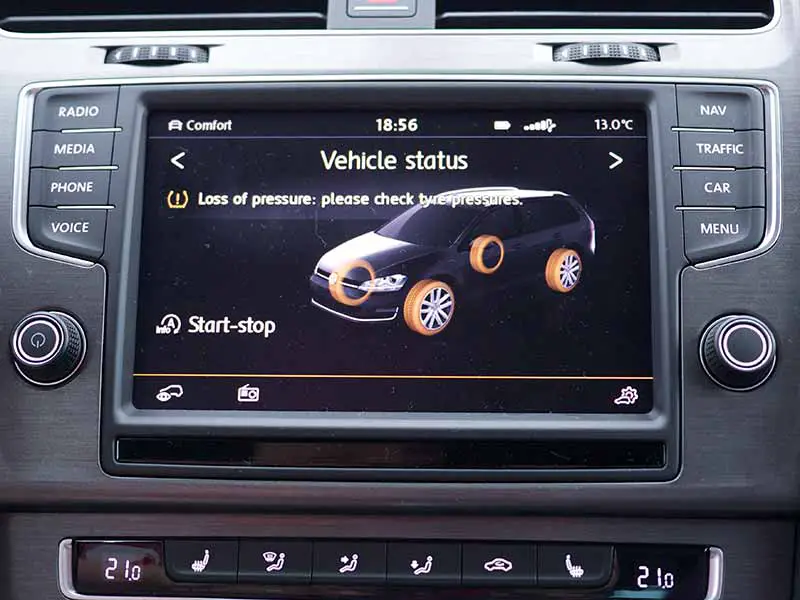
Changing Wheels With Tire Pressure Sensors
If you buy new wheels to replace your current ones, you don’t necessarily need new TPMS sensors.
If you have a direct TPMS system, you may be able to transfer the current sensors over to the new wheels. There are a few different styles of direct TPMS sensors; however, some styles may not be compatible with the new wheels you’ve purchased.
You should also consider the age of the sensors. The batteries in TPMS sensors have a limited life span of 7 to 10 years. If you are near to or within this timeframe, purchase new sensors and install them while you have the tires off the rims.
Sensor batteries are usually not replaceable since they are sealed within the sensors to protect them from moisture and exposure to chemicals they may come into contact with during use and service.
If you have indirect TPMS, you don’t have sensors inside the tires and won’t need to worry about this issue.
Where Are Tire Pressure Sensors Located?
Direct TPMS sensors are mounted inside each tire. There are different styles of tire pressure sensors, but most are at the base of the valve stem inside the wheel. The other types are strapped down to the middle of the wheel barrel or incorporated into the valve stem cap.
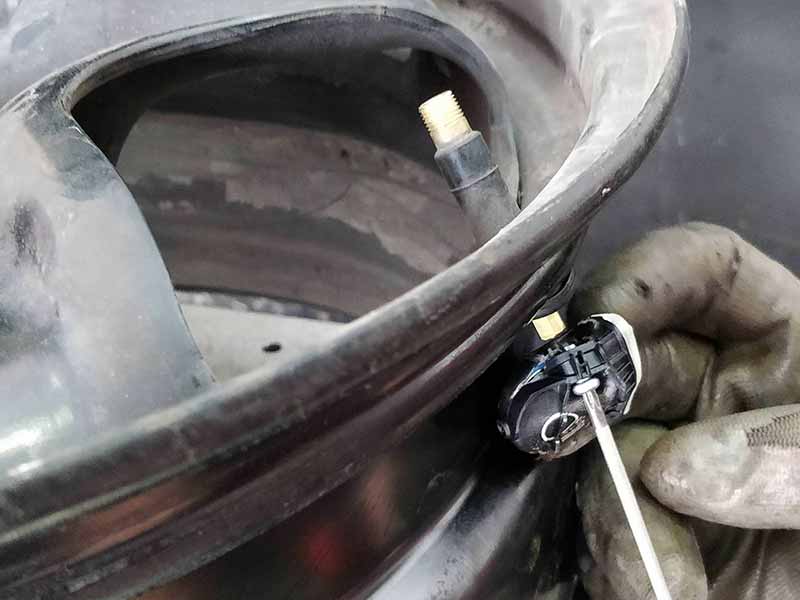
Indirect TPMS uses the anti-lock brake system wheel speed sensors located within the wheel hub assemblies.
How Do Tire Pressure Sensors Get Power?
Direct TPMS sensors use small non-rechargeable batteries and are usually sealed inside the sensor. The battery life of these sensors is typically 7 to 10 years.
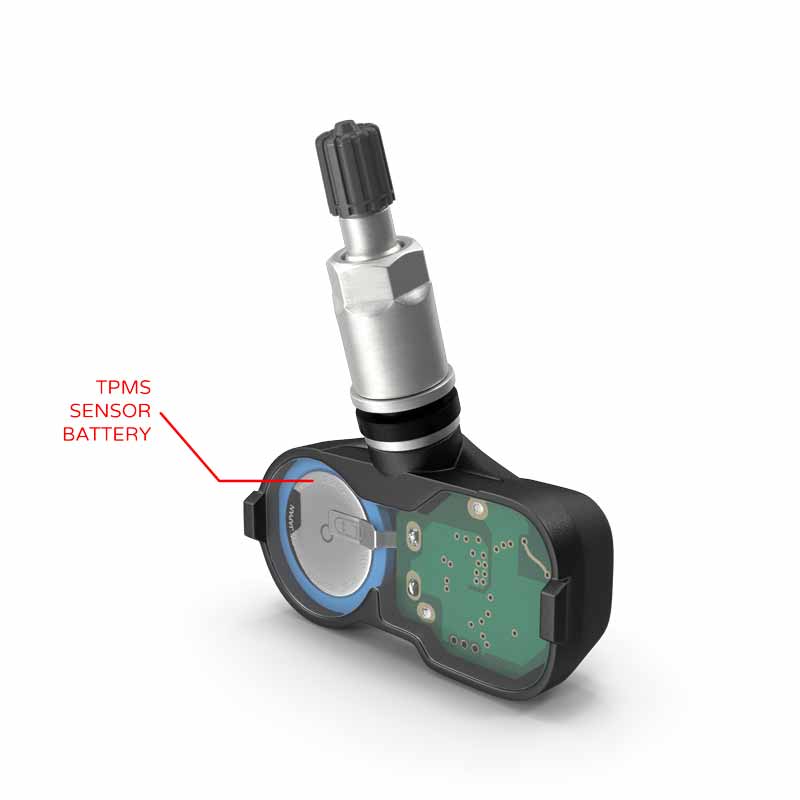
TPMS sensors usually must be replaced when a battery dies since it is sealed within the sensor to protect it from water and harsh chemicals that could damage it.
The ABS sensors used by Indirect TPMS are wired directly to the vehicle’s electrical system and receive power this way. Since these sensors are stationary, they don’t need to be wireless or rely on a battery.
Resources
Below are some links you may find helpful when learning about tires
- TPMS reset and relearn – TPMS.com
- What are the different types of tire pressure monitoring systems? – Tire Rack
Final Thoughts
Most vehicles these days will have a tire pressure monitoring system installed. Unless your car or truck is older than the model year 2008, it is required to have TPMS when it was sold.
These systems save lives, shorten the braking distance, improve handling, help your tires last longer, and improve fuel economy by informing you about the air pressure in your tires.
While the wireless nature of Direct TPMS sensors complicates tire rotations and the purchase of new wheels and tires, it makes up for the improvements to safety for everyone on the road.
Good luck and happy motoring.
